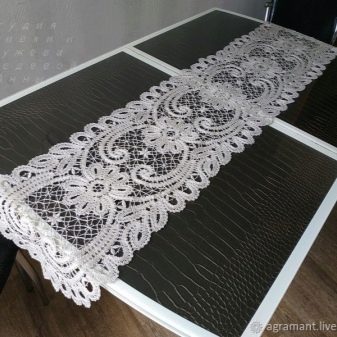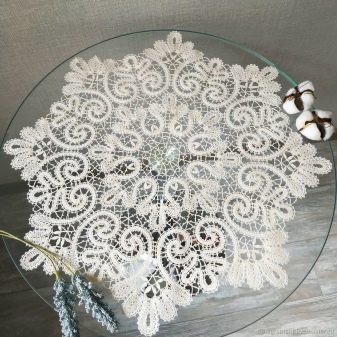Vologda lace
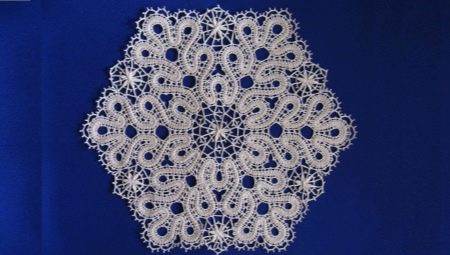
Since ancient times, the female half of humanity has devoted a significant part of its time to classes in various types of needlework. Absolutely different goals were pursued: some received income from this, others decorated the home interior, and others simply enjoyed the process.
Over time, such examples of creative activity spread and increased, acquired their own philosophy and became a real cultural tradition. One of the striking examples is the Vologda lace, the features of which will be discussed below.
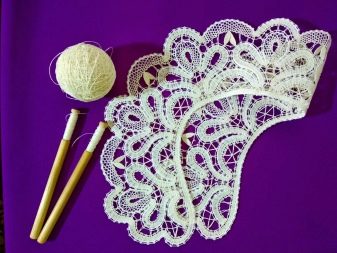
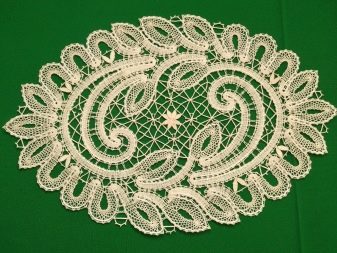
What it is?
Vologda lace is understood as a kind of Russian lace, which is woven on bobbins (this is the name of special sticks made of wooden raw materials) and is widespread, as the name implies, in the areas of the Vologda region. The artistic originality of Vologda lace lies in a wide range of its features:
- richest patterns;
- clean lines;
- verified ornaments;
- skill level.
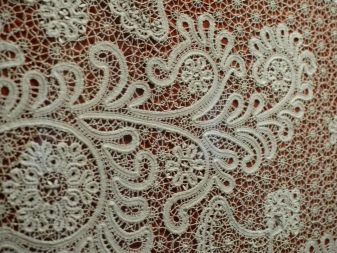
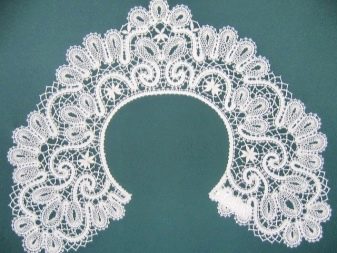
The most popular ornaments in Vologda lace are woven with a dense, uninterrupted linen ribbon of the same size (called a “fork”). For the production of Vologda lace, craftsmen turn to the following items:
- pillow roller;
- bobbins (they can be made from birch or juniper);
- safety pins, a pin.
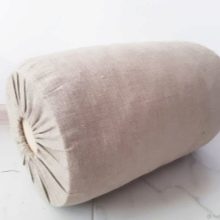
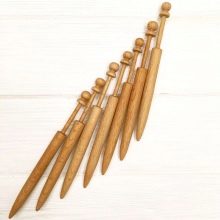
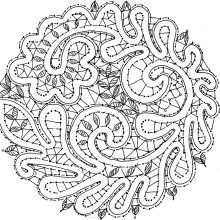
The most famous basis for creating Vologda lace is linen. In the XXVII century, another practice of weaving this type of lace was known - with reference to gilded or silver-plated threads made from drawn wire.
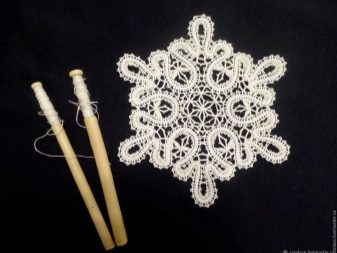

History
The French sincerely believe that lace is a child of fashion, but the Russian people have never compared sophisticated lace-making techniques with the whims of fashion, because this craft is famous for its deep roots in the everyday life of the people. At different times, lace was considered an integral part of the costume of a peasant woman or a resident of the city, it acted as a component of a girl's dowry.
The main subtleties and techniques of weaving Vologda lace were formed in the 17th-18th centuries.
If until the 19th century this hobby was for the most part a kind of artistic craft within the walls of the house, then some time later, in the first third of the 19th century, not far from Vologda, it received its right to open a factory, where many ordinary girls from peasants who became lacemakers settled down.
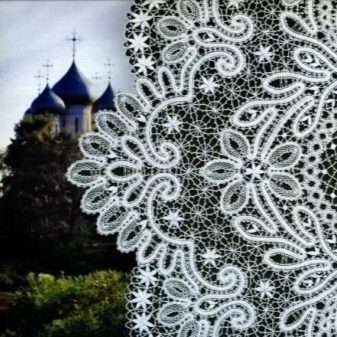
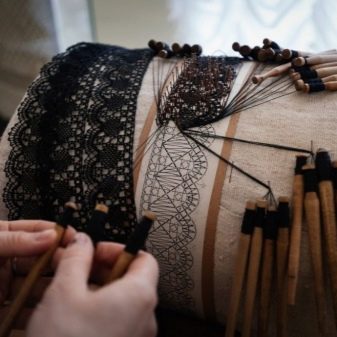
By the middle of the century, this type of lace had grown into a full-fledged craft, uniting a huge number of craftswomen from different districts: Vologda, Kadnikovsky, Gryazovets. Each of the territories had its own peculiarities of the weaving technique, a narrow list of products to which the girls devoted their time, but only a skilled craftsman could discern such subtleties.
The lace craft of the Vologda region reached its true heyday after the 50s of the XIX century. For comparison: in the 1890s, 4 thousand people were fond of weaving lace, and in the 1910s their number was close to 40 thousand. A little later, the beauty of Vologda lace conquered the hearts of the inhabitants of European cities.
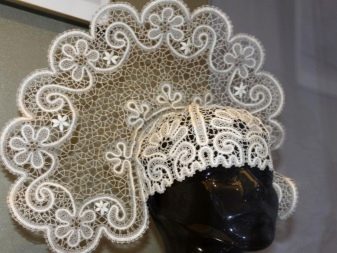

Until the middle of the 20th century, measured lace was especially popular, which was used as decoration for various fabric products; later, products sold individually, for example, napkins, details that adorn a woman's wardrobe, came to the fore.
In 1960, the Vologda lace association "Snowflake" was formed, where various lace elements were made according to the drawings of famous draftsmen. For several decades, a great many awards have been received, and since 2010 anyone can visit the Lace Museum in Vologda and visually get acquainted with the individual stages of the prosperity of this craft.
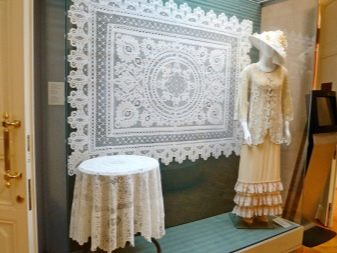
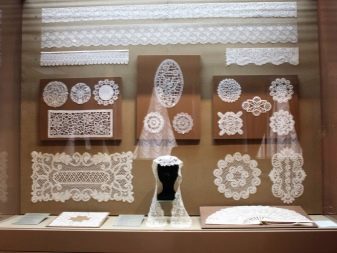
Pattern elements
An important feature that distinguishes lace from the area we are considering is a clear division of the canvas into background details and the pattern itself. This ensures the selection of large parts of the ornament with a continuous line, which has the same width throughout the entire pattern.
At the first stages of the development of Vologda lace, the most common examples of ornament were images of birds, the tree of life and other responses from antiquity.
The modern vision of this type of lace is distinguished by a wide variety of ornamentation, monumental forms of execution and the priority of motifs of flowers and plants.
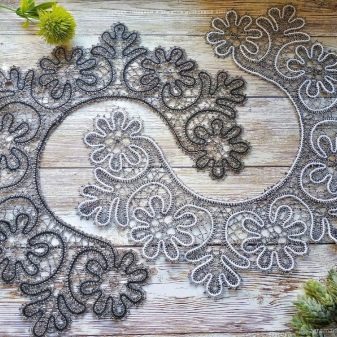
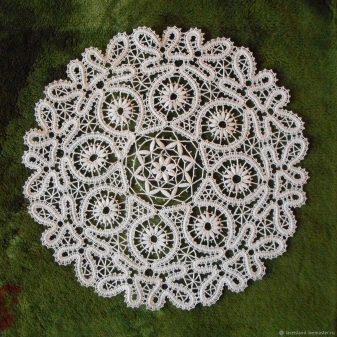
One of the main elements of the Vologda lace pattern is a snowflake. Most often, it decorates the background, and with thicker threads any plot with meaning is reproduced.
- For example, a pattern with oak leaves is equated with protection, strengthening of the inner state of a person.
- The spikelet pattern attracts material well-being to the owner.
- The swan symbolizes chastity.
- The Phoenix bird is a messenger of success in business.
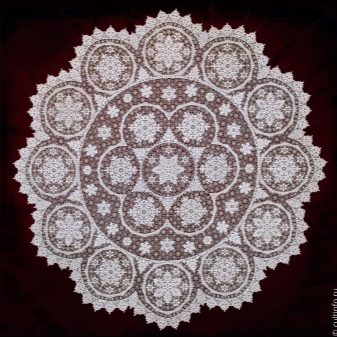
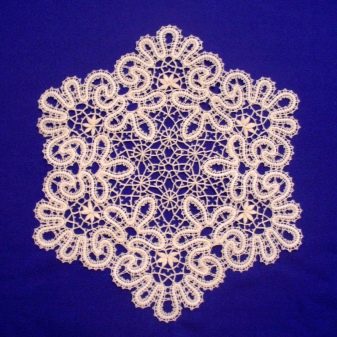
How lace looks on the outside depends on many factors. One of the fundamental is the material from which the craftswomen weave openwork patterns. For example, metallic, gold-silver threads give the mood of celebration, celebration, and white (here we are talking about linen or cotton) create a more austere pattern.
To weave thin, almost transparent, lace, you need to use silk or linen thread, and to create massive, with large patterns, fabrics - voluminous paper or woolen yarn.
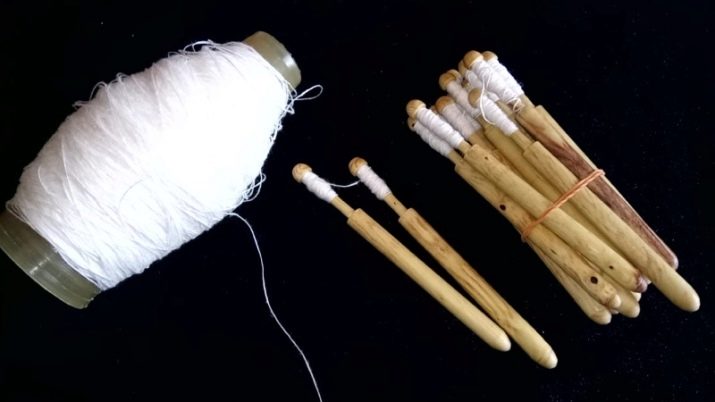
Weaving stages
In order for the final result to really please, it is necessary to take a responsible approach to each of the stages of weaving Vologda lace.
- First of all, you need to prepare the chip, that is, a sketch of what should be obtained after the completion of work on the product. This important process can only be dealt with by true professionals in their field, artists with considerable experience. For this, cardboard or paper is used, differing in density, on which a bitmap is applied with a careful drawing of each point, a zigzag.

- A sheet of paper with a finished pattern is attached to a roller. It must be dense so that the cardboard can fit tightly, only in this case the product will turn out to be uniform.
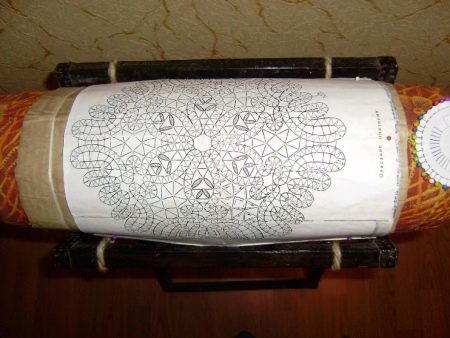
- The dots on the chip show the plots, where it is necessary to pin pins, they will further serve as a frame.
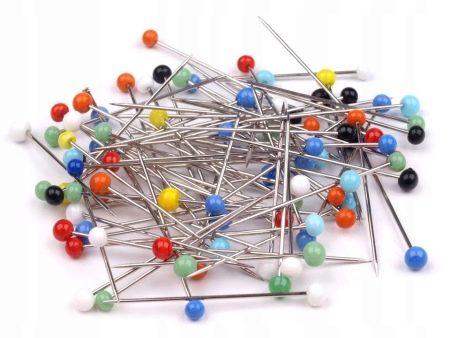
- Threads are wound on bobbins - linen or cotton.
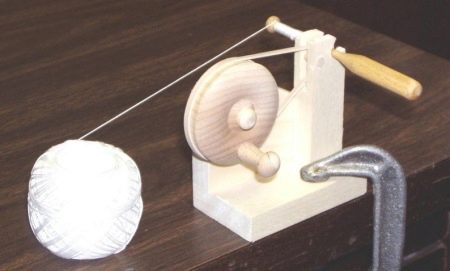
- When the pins are placed and the threads are wound, the craftswoman starts weaving: she tosses bobbins with threads in her hands and thus, as it were, braids the pins.
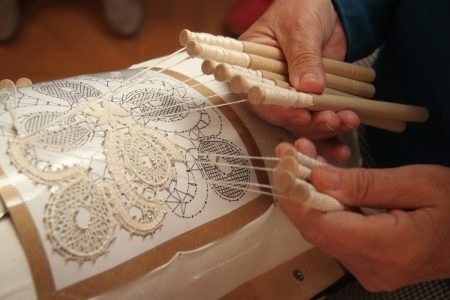
- As the drawing is completed, the pins are rearranged and the work continues in the same mode.
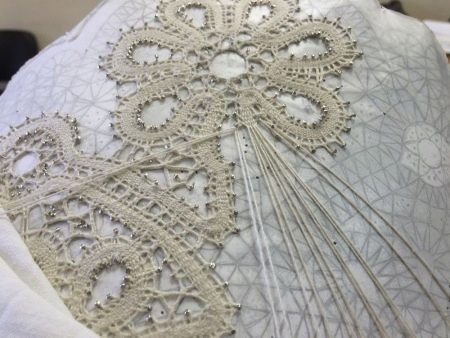
It is important to note here that an experienced craftswoman, at the first glance at the chip, can determine the number of bobbins that will be required for work, the weaving technique that you can turn to.
That is, in fact, Vologda lace is distinguished by an almost engineering approach to its creation.
Products
If you want to become the proud owner of a product made according to all the canons of Vologda lace, you can visit the site of the Snowflake association, where you can choose by photograph and description and order any wardrobe item or interior item you like.
- A sophisticated collar and a graceful scarf will beautifully complement your look. Vests, capes, capes and other items of clothing will surely please ladies with delicate taste.
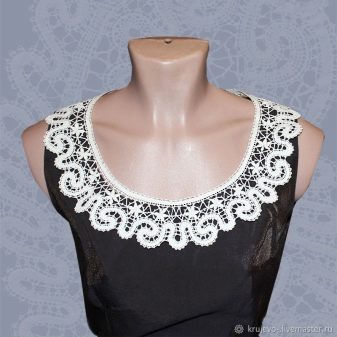
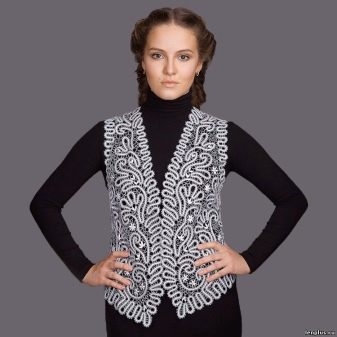
- True craftswomen can make an order for whatever your heart desires, because Vologda lace has a long service life and is subject to many of the whims of fashionistas. Pajamas and shirts for women that can attract the attention of the opposite sex will definitely turn out to be favorites of women too.
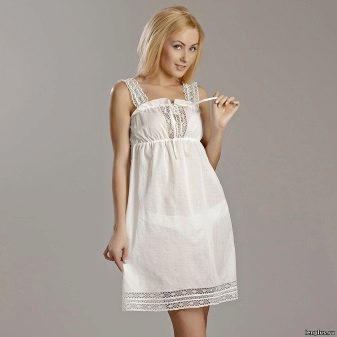
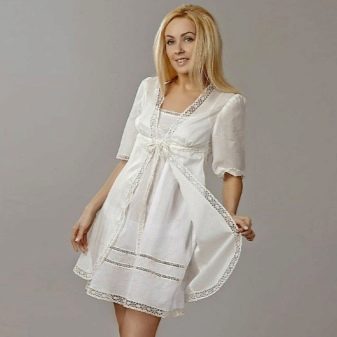
- A particularly bold decision is to sew a wedding dress from Vologda lace. Of course, this desire will not be cheap, but the beauty of this outfit will conquer all participants in any celebration, and can also remain as a family heirloom and be passed down from generation to generation.

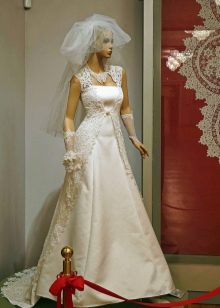

- You can also weave various decorative elements from Vologda lace. Tablecloths and napkins, as if passed on to you from ancient times, will definitely attract the attention of guests. Wicker bookmarks, ribbons, souvenirs - all this will be a good decoration for your interior and everyday life.
